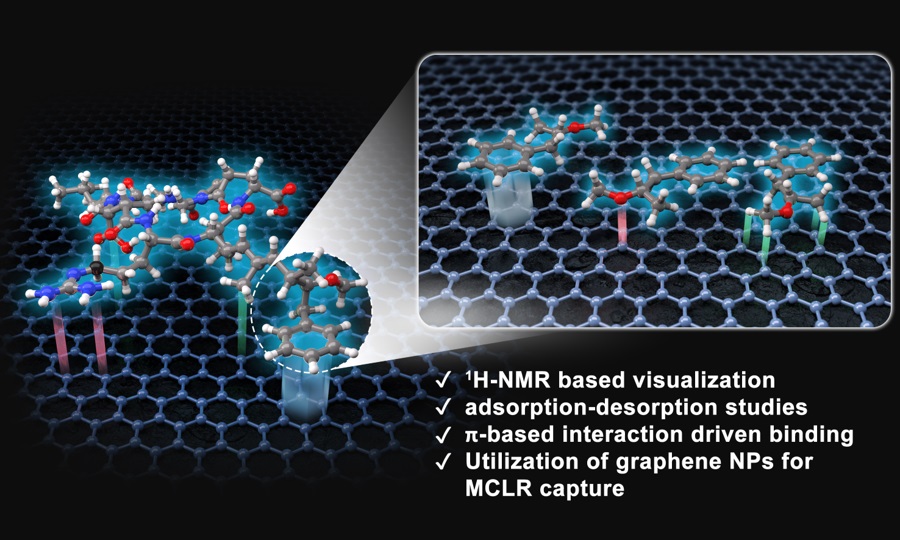2023 AIChE Annual Meeting
(79h) Graphene As a Rational Interface for Enhanced Removal of Cyanotoxins and Emerging Contaminants for Water Security
Authors
Here, we show the direct use of graphene nanoplatelets (GnPs) as an adsorptive nanomaterial for the enhanced removal of cyanotoxins, including microcystin-LR, anatoxin a, and saxitoxin, as well as micropollutants such as DEET and DEP. Using batch adsorption experiments, we benchmarked GnPs against the commercially available granular activated carbon (GAC) to evaluate the efficiency of GnPs for adsorbing these contaminants from water.
Our experimental results demonstrated that the sp2 carbon network and pore characteristics (pore size and morphology) of graphene make GnPs a highly effective adsorbent for the removal of both cyanotoxins and micropollutants from water. Using the intraparticle-diffusion (IPD) model, we proved that the mesopore structure and surface interactions of graphene played a major role in increasing the rate of adsorption for all contaminants where adsorption reached equilibrium in under 30 minutes for GnPs. The surface properties also drastically increased the adsorption capacity for GnPs to over 100x greater than GACâs capacity when looking at microcystin-LR. Initial results with all other contaminants show that the adsorption capacity using GnPs can be up to two orders of magnitude higher than GACâs capacity.
Although noncovalent interactions typically rely on computational methods for mechanistic insight, novel NMR titrations were used to probe primary interactions between graphene and MC-LR adduct. This study proved that interactions between the aromatic ring on MC-LR and graphene sp2 orbitals are a dominant interaction. With rapid kinetics and adsorption capacities much higher than GAC, it is anticipated that graphene will offer a novel molecular approach for removal of toxins and emerging contaminants with aromatic systems.
